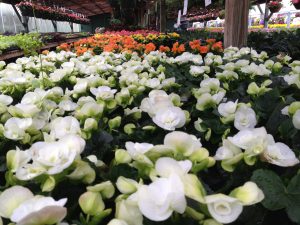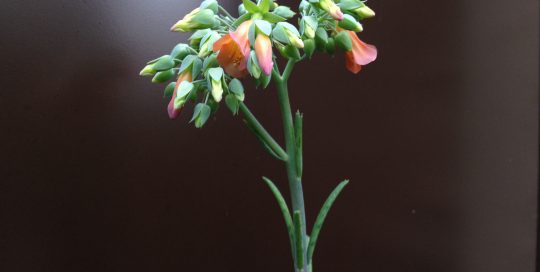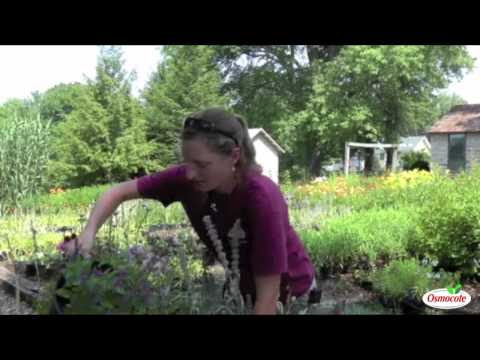How to Grow Annuals in Containers
Views: 7199

We have officially reached our average last frost date here in Zone 6. When temperatures dipped to near freezing over the weekend, the weather reminded us why it’s best to wait until this date to plant tender annual flowers. However, the nurseries around here have been stocked with annuals in containers for weeks. I, like most local gardeners, jumped the gun and started planting them a couple of weeks ago. I even draped sheets over the remaining flats of flowers in my driveway! But all I could do was hope for the best for the flowers I had already planted at multiple client’s homes.
Luckily, the only areas that frosted around here were the very lowest of the low-lying areas. Everything came out unscathed by the cold temperatures. Whew, I really dodged a bullet this time!
Growing annuals in containers
For this blog post, I thought it would be good to revisit the topic of growing annuals in containers. I have several earlier posts about annual flowers, including my favorite flowers for sun and shade. But thought I would offer some helpful reminders for the 2016 growing season.
It’s always best to start with fresh potting soil (not garden soil). However, if you already have containers full of last year’s soil, mix in some slow release fertilizer, like Osmocote’s Slow Release Fertilizer, to refresh the soil and help feed the plants. Annual flowers are heavy feeders. I usually mix in slow release fertilizer at planting. Then, once the plants are established, supplement with weekly or bi-weekly feedings with a water-soluble fertilizer designed to promote blooms.
When choosing flowers, read the tags to be sure you’re getting varieties with similar light and water needs. Remember that mixed containers will look best if all the flowers stay within either the warm or cool color tones. (Warm being reds, oranges, and yellows and cool being blues, purples, pinks, and white). Also, when mixing plants, make sure to get varying heights to create a pleasing arrangement.
Lastly, remember the number one rule of watering, which is to feel the soil and only water when it feels dry. Container plants will need more water than plants in the ground, especially when in full sun. Small containers will dry out more quickly than large containers. The type of container also plays a role in moisture retention. Terra cotta pots dry out quickly compared to plastic or glazed containers. Hanging baskets with cocoa fiber linings dry out so quickly that they will likely need water every day if in a sunny location. Try and make it a part of your daily routine to check on your container plantings, and you will soon get a sense of how often they require water.
Meet Abbi Hayes
Abbi's Recent Posts

Kalanchoe delagoensis: Mother of Millions







